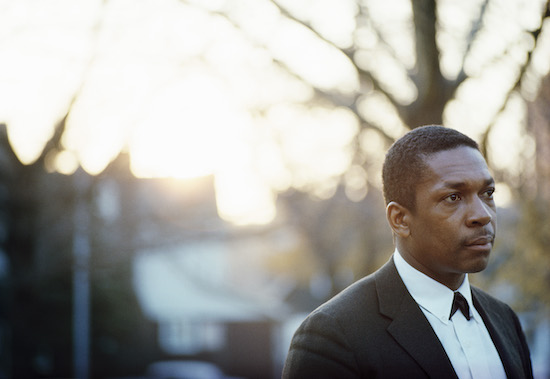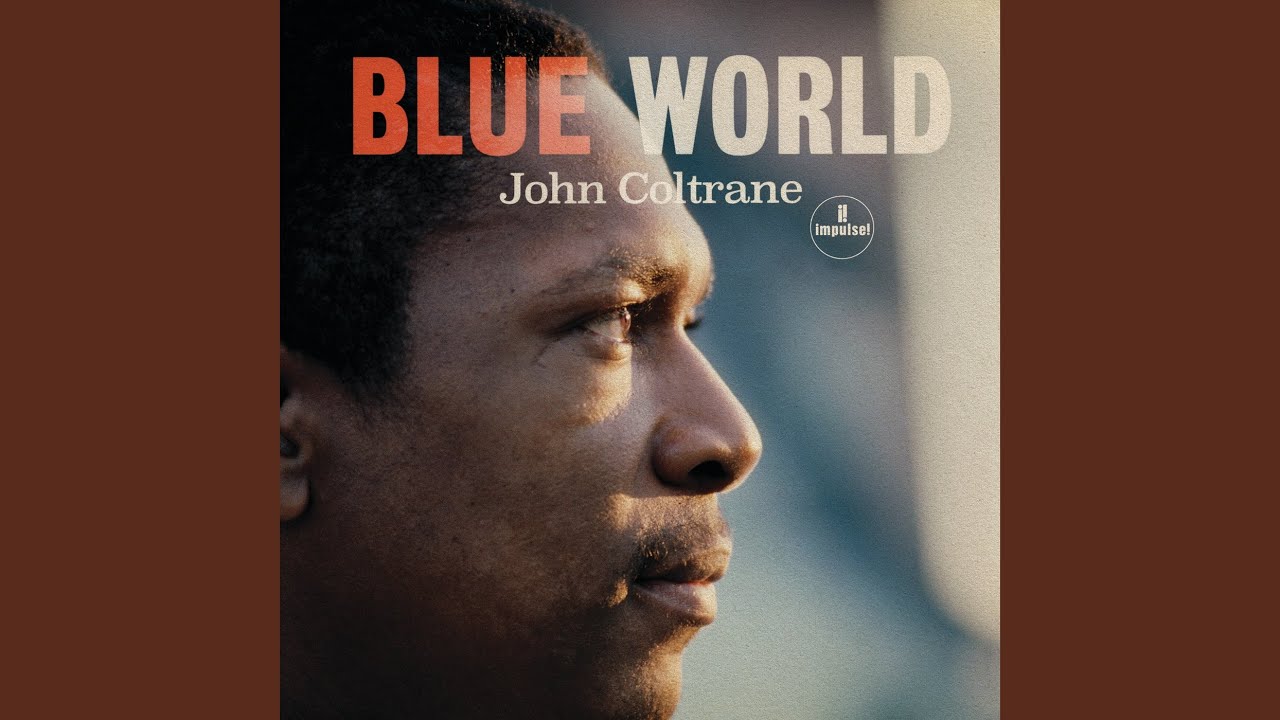It’s impossible to ignore a previously unissued studio session from the likes of John Coltrane. Last year when Impulse Records uncovered such a document, cut in 1963, and released as Both Directions at Once: the Lost Album, the sterling trove of music helped fill in the saxophonist’s meteoric development during the entirety of that decade and soaked up gobs of positive critical acclaim. The record also netted Coltrane his first-ever debut appearance on the Billboard 200, landing at 21, and it’s gone on to sell more than 250,000 copies worldwide – a remarkable feat these days, when jazz recordings rarely sell more than a few hundred.
That archival dig has been a running trend ever since 2005, when Blue Note dropped Thelonious Monk Quartet With John Coltrane – a live recording from 1957 that added substantially to the pianist’s sparsely documented work with the saxophonist and drubbed the contemporary competition sales-wise. Subsequently numerous blue-chip jazz labels have been unleashing scores of previously unissued studio and live recordings from past greats.
The move makes sense – the recordings are sitting idly and they tend to sell better than any newly made recording. Unfortunately, such releases tend to overshadow new music and even similar archival discoveries by lesser-known artists, such as the recent Graz Live 1961 (Ezz-Thetics), a truly revelatory set by the Jimmy Giuffre 3 with Paul Bley and Steve Swallow – a group whose influence is also profound despite making three studio albums.
Blue World, another previously unissued – and unknown – Coltrane session from 1964, has already become one of the big jazz stories on 2019, and it’s certain to replicate the success of Both Directions. The music was cut as the soundtrack for a new wave-inspired film by the French-Canadian auteur Gilles Groulx called Le chat dans le sac (The Cat in the Bag). Plenty of new wave filmmakers had already turned to jazz greats like Monk, Miles Davis, Art Blakey, and Martial Solal to craft music for their work. Groulx approached Coltrane through a friendship he had with bassist Jimmy Garrison, and Coltrane’s band (Garrison, pianist McCoy Tyner, and drummer Elvin Jones) recorded the music in a single day at Rudy Val Gelder’s studio inn Englewood Cliffs, New Jersey on July 24, 1964, with Groulx in attendance.
Coltrane never mentioned the session to Impulse and the director returned to Montreal with the tapes in hand, so the session was never in any logs, and it wasn’t until Canada’s National Film Board – which produced the film – was engaged in digitising its archives in recent years that Coltrane’s involvement attracted real attention.
In his liner notes Ashley Khan quotes the film’s female lead – and not long after the director’s romantic partner – Barbara Ulrich, “Gilles had a list of the music he wanted and later he told me when he gave the list to Coltrane, Coltrane said, ‘Okay, I can do this – I can’t do that, it’s not mine. OK I get it, I know what you want.’”
The music fit beautifully into the film about two young lovers in a politically fraught Montreal in 1964. Coltrane’s selections – mostly pieces he’d previously recorded for studio albums, dating back to ‘Traneing In’ from his 1957 album with the Red Garland Trio of the same name, with the leader’s solo miles from his hard bop original – cast a gorgeously moody spell. Indeed, he did know what Groulx wanted. Later that same year Coltrane recorded Crescent and A Love Supreme with the same band, so while the repertoire was taken from his recent past – an uncharacteristic choice for an artist obsessed with forward progress – the performances embody a seeking spirit that would mark the rest of his work until his death in 1967.
Despite frequent critical frothing about such discoveries, Blue World is neither holy grail nor a missing link, but the performances are terrific and we can hear the exploratory push of the quartet digging deeper into the material than it had just a few years earlier. There’s no missing a heightened sense of melancholia on ‘Naima’, featured in two takes, and a more measured vibe on ‘Like Sonny’, while three takes of ‘Village Blues’ (a tune originally included on the 1962 album Coltrane Jazz) find the saxophonist leaning much harder into the mid-tempo theme, his tone more biting, his phrasing more urgent, and his focus greater.
The title track is technically a new tune, but it borrows the harmonic structure of the standard ‘Out of This World’, which appeared on his 1962 album Coltrane, where the saxophonist was already unleashing furious salvos of notes, spitting out lines unmoored from the tune’s chordal underpinning, but here he goes even further over a more springy rhythm, his probing, galvanic solo anchored by Tyner’s trademark cycling vamps and Garrison’s imperturbable yet investigative patterns, but lifted upward by the explosive Jones. There are clear signs of the heights he’d soon reach on A Love Supreme five months later. Observing such incremental shifts is both fascinating and valuable, and while the performances are all deeply satisfying it remains a tad disappointing that archival projects like this one tend to blot out contemporary work that proves that jazz continues to push forward in the present.



